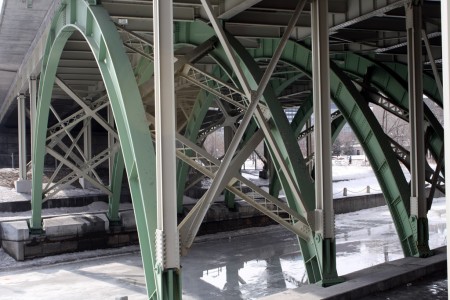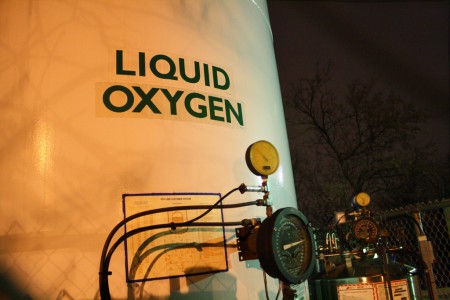Recently, the United Nations Environment Program and others called for fuel efficiency in automobiles to be doubled by 2050. While more efficient transport is a necessary element in dealing with climate change, this target strikes me as profoundly lacking in vision or ambition. There are two major reasons for which I think we must do a lot better.
The first is that, by 2050, we will probably be seeing serious consequences from climate change globally. It is entirely possible that there will be no more Arctic summer sea ice, and far fewer glaciers. Droughts, fires, and heat waves are likely to have increased in frequency and severity. These kinds of changes are likely, to some extent, regardless of what sort of emissions trajectory we follow. The major differences in outcome between a scenario where we cut emissions and save ourselves and one where we doom huge numbers of future generations to enormous climatic harm will largely be felt after 2050. In spite of that, it seems probable that changes which will occur by 2050 will render the strategy of denying and ignoring climate change non-viable. As such, it is doubtful that governments would ask so little of automakers.
The second concerns peak oil. There are a lot of uncertainties involved about timing, technological development, and about how the global economy will respond to falling output. That being said, there will come a day when the global production of petroleum peaks and begins an unstoppable decline. To me, at least, it seems likely that the decline will be well underway by 2050 – making a petroleum-fuelled automobile an expensive proposition for anyone, and quite possibly unavailable to most. In an optimistic scenario, where standards of living keep rising in spite of reduced hydrocarbon output, that will mean that the reduced quantity of fuel available will have a price inflated even beyond what scarcity would dictate. It is, of course, terribly hazardous to make guesses about technology and economic developments so far off, but my gut impression is that a vehicle engineer from 2050 would be aghast to see a vehicle anywhere near as inefficient as those we are using now.
If we do take climate change seriously, and we begin to capture the opportunities for economic transition the crisis offers, by 2050 we should find ourselves moving sharply towards a far more sustainable world. To take one set of examples, it might be a world where ground transportation is overwhelmingly electric, fuelled by renewables and probably some nuclear fission. Liquid fuels produced from biomass might be employed only by aircraft and for specialty applications like vehicles in very remote areas. While that scenario is speculative, to me it seems more likely than one where we are driving around in the same old internal combustion engine, gasoline cars but burning 3.5 litres per 100km rather than 7.0.





